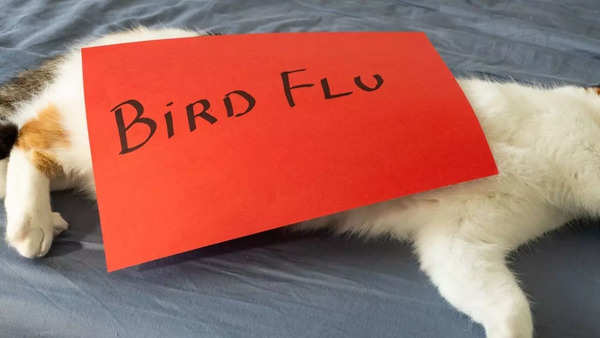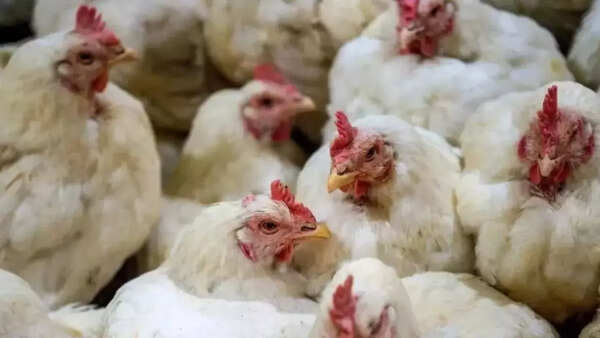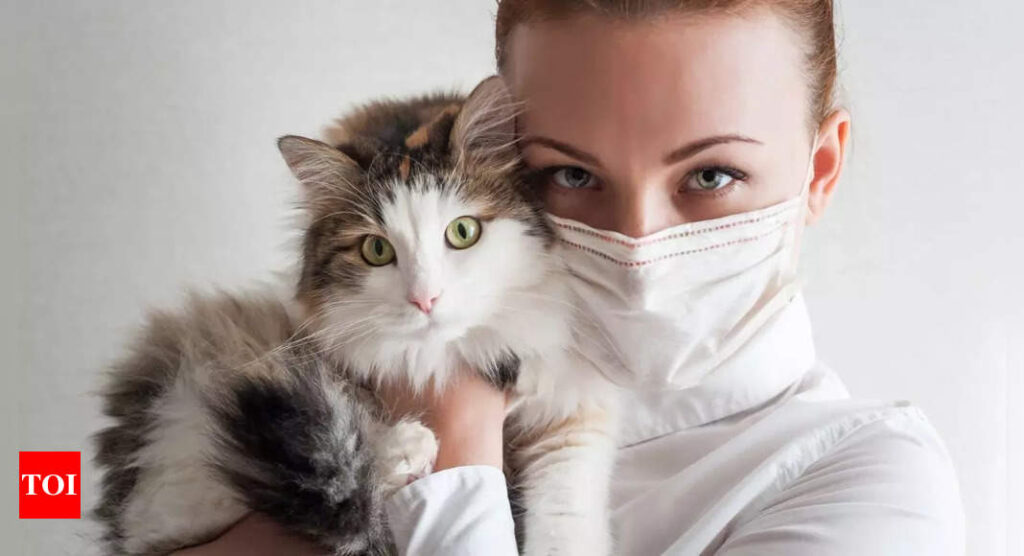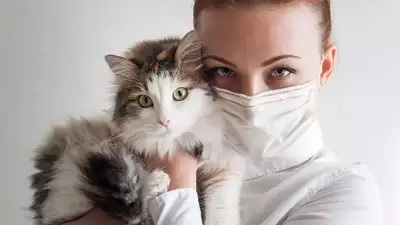In yet another alarming scenario, a CDC study has found that bird flu could be spreading from people to cats and vice versa, adding another layer of complexity and uncertainty to the existing bird flu crisis.
The study published on Thursday by the Centers for Disease Control and Prevention’s weekly journal discussed the case of indoor cats who had severe symptoms and died. This happened in Michigan households of two dairy workers around May where bird flu was circulating on farms.
The dairy workers belonging to the same county took their sick cats to the Michigan State University Veterinary Medical Center.
The study also mentioned a possible case of cat to human spread and discusses the case of an adolescent who developed a cough and other symptoms after their cat fell sick. However this remains inconclusive as the child had additional exposure.
Amid new bird flu strains, fresh routes of transmission, and intensifying health crisis, experts are worried about the growing threat.
Kristen Coleman, an assistant professor at the University of Maryland School of Public Health who has tracked cat deaths from bird flu, shared her concerns with USA Today.
“It’s scary to think of how much worse it could get. This adds another layer of complexity in the control of this virus,” she said.

According to the American Veterinary Medical Association, cats are highly susceptible to severe illness which could result in death. It is not clear if infected cats can pass on the virus to other furry companions, but the possibility cannot be ruled out.
While cat-to-human transmission risk is considered extremely low, it may increase with prolonged, unprotected exposure to infected animals. However, this report may challenge the belief.
The cats usually contract bird flu from raw food or milk or dead birds. However, the study provides evidence of the threat of infection when cats have no direct exposure to sick dairy cows or poultry.
The new finding that humans can make their cats sick with bird flu is indeed scary.
The report mentions that the two cats who died of bird flu displayed same signs of respiratory and neurologic disease. The cats later tested positive for bird flu.
While the first household’s cat, the 5-year-old female, was euthanized four days after signs of illness, the one, the 6-month-old Maine Coon cat, died of the illness, within a few days.
Residents in the affected homes also exhibited symptoms of illness. According to the study, neither of the workers received testing or antiviral treatment for bird flu. Additionally, the second worker feared job loss for cooperating with public health officials and potentially implicating the dairy farms supplying milk.
The researchers especially fear emergence of a new mutation that could be easily transmissible among humans.
Cats can carry both avian and human influenza viruses and of both versions appear in the same host, the bird flu virus could mutate into a pathogen that can become deadlier to humans. While this isn’t the case so far, the findings of the study have raised fears and concerns.
Details of the study

The first worker, who didn’t handle animals directly but worked on the farm, took precautions by keeping work clothes and boots away from the household’s indoor cats. In the home, there were two adults, two adolescents, and three indoor cats—including a 5-year-old female cat that later fell ill.
A day before the cat got sick, the worker experienced vomiting and diarrhea. Six days after the cat’s illness, one adolescent developed flu-like symptoms, including cough, sore throat, headache, and muscle aches. While three household members tested negative for influenza, the sick adolescent tested positive for rhinovirus and enterovirus, which are not related to bird flu.
The worker had frequent contact with both the sick cat and the sick adolescent.
Four days after the first cat became ill, another cat showed mild symptoms like watery eyes and loss of appetite, but recovered within four days. The third cat remained healthy and tested negative.
The second worker, responsible for transporting raw milk, frequently had milk splashed on their face, eyes, and clothing without protective gear. They brought work clothes indoors, where one of their indoor cats would roll on them.
Two days before the cat showed signs of illness, the worker experienced eye irritation.
This household included the worker, a 6-month-old male cat, and another indoor cat. The second cat showed no symptoms and tested negative for the virus.
Cats have spread bird flu among people previously. In 2016, a cat in a New York City shelter spread a different bird flu virus to a person. In 2004, people at a Thai zoo had positive antibodies results for H5N1 after tigers were infected and died in captivity.
“If this was potentially happening 20 years ago, and now it’s happening in households, that’s pretty alarming,” Coleman said.
(Picture courtesy: iStock)


